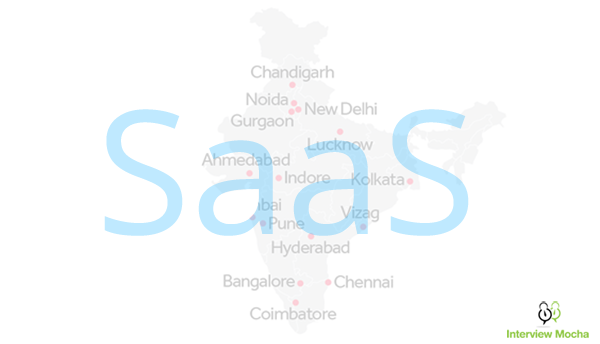
These last few months, we realized few trends about markets that are SaaS-ready. To my surprise, India is among the top 3 SaaS ready markets, USA and UK being the other two.
Below are my few observations about India as a SaaS market. I hope this will helpful for other SaaS B2B startups that are focusing on India as a market.
P.S - These statistics are based on our experience with Interview Mocha, online pre-employment skill testing business.
1. Focus on qualified inbound leads.
2. Over 30% of SOHO and VSB usually buy software on the very first day after chatting with you for discounts for a few minutes. They conduct a quick trial.
3. Companies from metro cities are dominant buyers followed by tier-2 cities like Ahmadabad, Jaipur etc.
4. Enterprise and Large enterprises are ready to buy online after few skype, WebEx and phone calls. A team will be involved in the decision-making process.
5. Non-IT companies/enterprises are also buying online. In our case, non-IT Indian buyers are from Healthcare, Pharma and Hospitality domain.
6. Indian companies are great consumers of your services, be it tests, features, software or support.
7. Indian companies pay by credit card, bank transfer or will drop a cheque for you. Good news, no need to wait for courier for a cheque.
8. Companies are ready to pay in advance.
9. Attrition (when recruiter or hiring manager join new company) benefits you and get you a new customer.
10. Companies carry their discount attitude online and be ready for that. :-) No need to meet physical, though.
11. Some Indian companies still believe in physical meetings. We lose few companies, because of our non-readiness to meet them in person. We give them their own sweet time to be SaaS ready and I am sure with the promise of a great product and excellent support, they will become SaaS ready soon and come back to us.
I would like to know your thoughts and experiences if you have encountered some with SaaS market.
Abbreviations
SOHO - Small Office Home Office (employees with 1-10 employees)
VSB - Very Small Businesses (11-50 employees)
SMB - 51-1000 employees
Enterprise - 1,000-10,000 employees
Large Enterprises - 10,000+ employees

